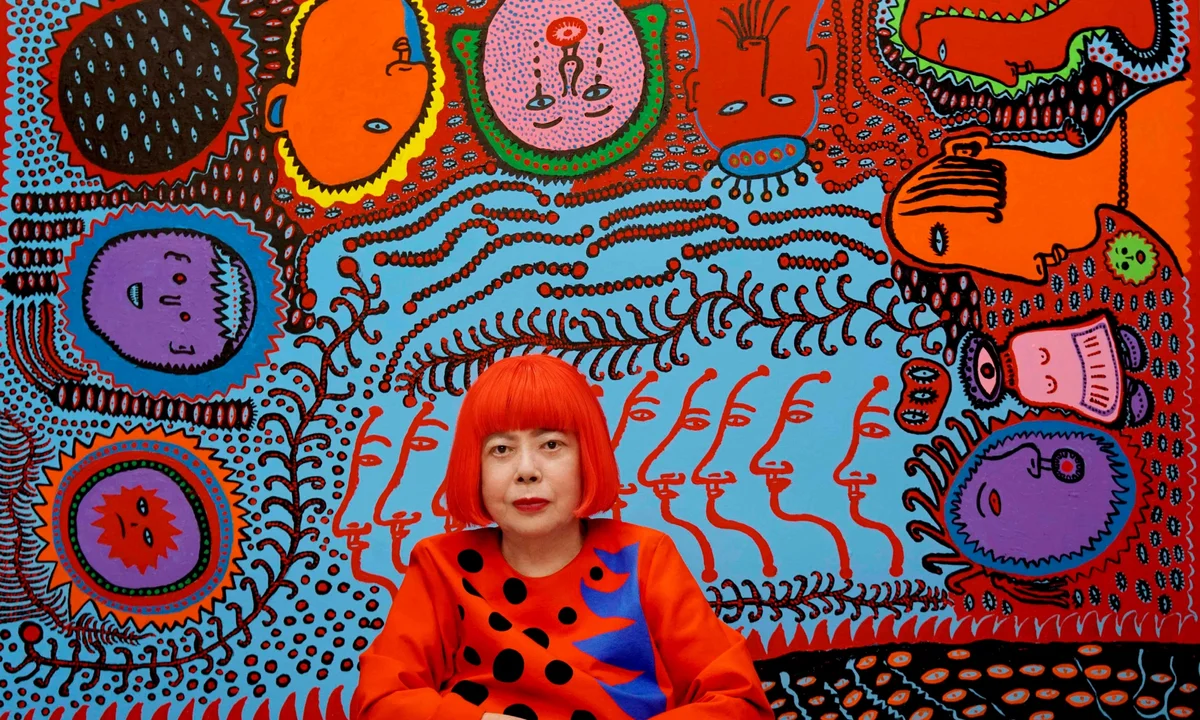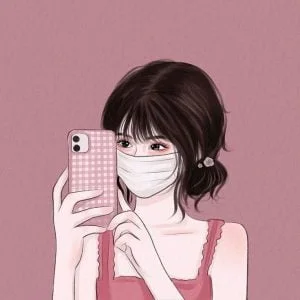Japanese artist Yayoi Kusama, born on March 22, 1929, in Matsumoto, Japan, has carved a unique niche for herself in the world of contemporary art. Celebrated for her extensive use of polka dots and infinity installations, Kusama’s work spans various mediums, including painting, sculpture, performance art, and installations. Her self-described ‘obsessional’ style has made her a central figure in modern art movements like pop art and minimalism.

Early Life and Artistic Beginnings
Kusama’s artistic journey began at a young age, coinciding with her early experiences of hallucinations involving fields of dots. Despite minimal formal training—studying art briefly at the Kyōto City Specialist School of Arts (1948-49)—these hallucinations profoundly informed her art. Determined to pursue her passion, she moved to the United States in 1957, settling in New York City, where her early work unveiled her obsession with repetitive, infinity-like patterns.
Rise in the New York Art Scene
In New York, Kusama’s ‘infinity net’ paintings, characterized by thousands of tiny, repeated marks, garnered attention for their hypnotic repetition. This period marked her entry into the emerging minimalist movement, although she later transitioned to pop art and performance art. Her work resonated with the New York avant-garde, exhibiting alongside renowned artists like Donald Judd and Andy Warhol.
Sculpture and Installation Art
During the early 1960s, Kusama began exploring sculpture and installation art, with obsessive repetition remaining a central theme. Her installations often dealt with themes of sexual anxiety, as seen in works like ‘Accumulation No. 1’ (1962). She added mirrors to her installations, creating infinite planes—an approach she famously utilized in her ‘Infinity Mirror Room—Phalli’s Field’ (1965).
Performance Art and Return to Japan
Through performance art, Kusama tackled antiwar, antiestablishment, and free-love ideas, employing public nudity to challenge societal norms. In 1969, her performance ‘Grand Orgy to Awaken the Dead’ drew significant media attention. Kusama returned to Japan in 1973, opting to live in a mental hospital from 1977. Despite this, she continued creating art and writing, eventually re-emerging on the international stage in 1989.
Legacy and Continued Influence
Kusama’s later work includes the mirror-filled ‘Pumpkin’ installation showcased at the Venice Biennale in 1993. Exhibitions of her work have continued to attract large audiences, as seen in the 2017 Hirshhorn Museum and Sculpture Garden exhibition. In 2017, she also opened a museum in Tokyo, solidifying her enduring impact on the art world.

